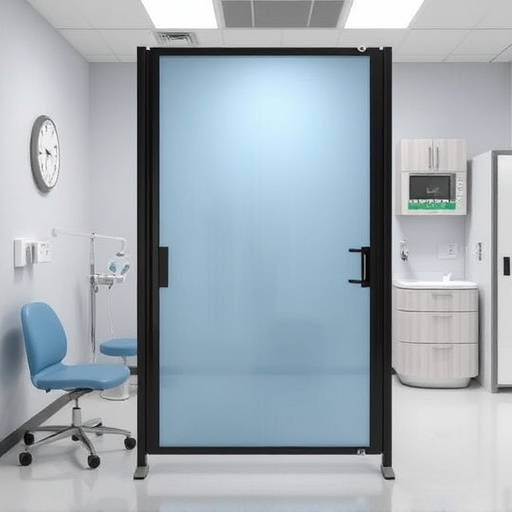When comparing air intake systems, pricing is a significant factor, ranging from budget-friendly options ($50-$150) to high-end kits costing hundreds or thousands. Beyond initial costs, consider performance, durability, and long-term benefits to ensure an informed choice that enhances vehicle efficiency and your driving experience. Conduct a thorough air intake system price comparison, keeping in mind brand, material quality, technology, and market demand. Understand your vehicle's needs and driving style, as systems cater to different engines and performance goals. Prioritize long-term sustainability and ease of maintenance for optimal value.
In the quest for optimal vehicle performance, the air intake system (AIS) is a key component that often requires an initial investment. This article delves into the crucial aspect of AIS pricing, offering a comprehensive air intake system price comparison. We explore how different factors influence costs, emphasizing the importance of understanding value beyond dollar amounts. By examining various components and considerations, readers can make informed choices, ensuring their initial investments align with their performance goals.
- Air Intake System Price Comparison: Unveiling the Cost Spectrum
- Understanding Value: Beyond the Dollar Amount
- Making Informed Choices: Factors Influencing Your Initial Investment
Air Intake System Price Comparison: Unveiling the Cost Spectrum

When comparing air intake systems, one of the first factors that catches the eye is, naturally, the price. The market offers a vast array of options, ranging from budget-friendly solutions to high-end, performance-oriented systems. Understanding the cost spectrum is crucial for any buyer looking to make an informed decision based on value.
On one end, basic air intake systems are relatively inexpensive, often priced between $50 and $150. These entry-level options typically include a simple air filter and housing, providing a straightforward upgrade for those seeking better airflow without significant performance gains. At the other extreme, high-performance air intake kits can cost several hundred dollars or even reach into the thousands. These systems often incorporate advanced materials, intricate designs, and additional components to ensure optimal engine performance and efficiency.
Understanding Value: Beyond the Dollar Amount

When comparing initial investment costs for automotive components, such as air intake systems, it’s crucial to understand that “value” extends beyond mere dollar amounts. While price is a primary factor, factoring in performance, durability, and long-term benefits can significantly alter your perspective. An air intake system priced lower might not offer the same level of efficiency or longevity compared to a more expensive option.
Consider the broader implications: will the cheaper alternative require frequent replacement due to wear and tear? How much better (or worse) is its performance, and does it align with your vehicle’s overall specifications? Understanding these nuances allows for a more informed decision, ensuring you’re not just paying less but also securing a superior product that enhances your driving experience over time.
Making Informed Choices: Factors Influencing Your Initial Investment

When considering an initial investment, especially in performance-enhancing components like air intake systems, making informed choices is paramount. Several factors come into play, influencing your decision and ultimately determining the value you gain from your purchase. One of the primary considerations is the air intake system price comparison. Market variations can be significant, with prices ranging based on brand, material quality, technological advancements, and market demand. Therefore, a thorough research process is essential to ensure you’re not only getting a competitive price but also a product that aligns with your needs.
Additionally, understanding the specific requirements of your vehicle and driving style is crucial. Different air intake systems cater to various engines and performance objectives. Some focus on increased airflow for maximum power, while others prioritize fuel efficiency. Moreover, considering long-term sustainability and ease of maintenance can significantly impact your investment’s value over time. Comparing these factors will help you make a well-rounded decision that optimizes both your vehicle’s performance and your financial outcomes.
When comparing the air intake system price comparison, it’s clear that understanding the value goes beyond the dollar amount. By considering various factors and making informed choices, you can ensure your initial investment aligns with your vehicle’s performance needs. Remember, the right air intake system can enhance efficiency, improve horsepower, and deliver a smoother driving experience – all while offering a range of price points to suit different budgets.














